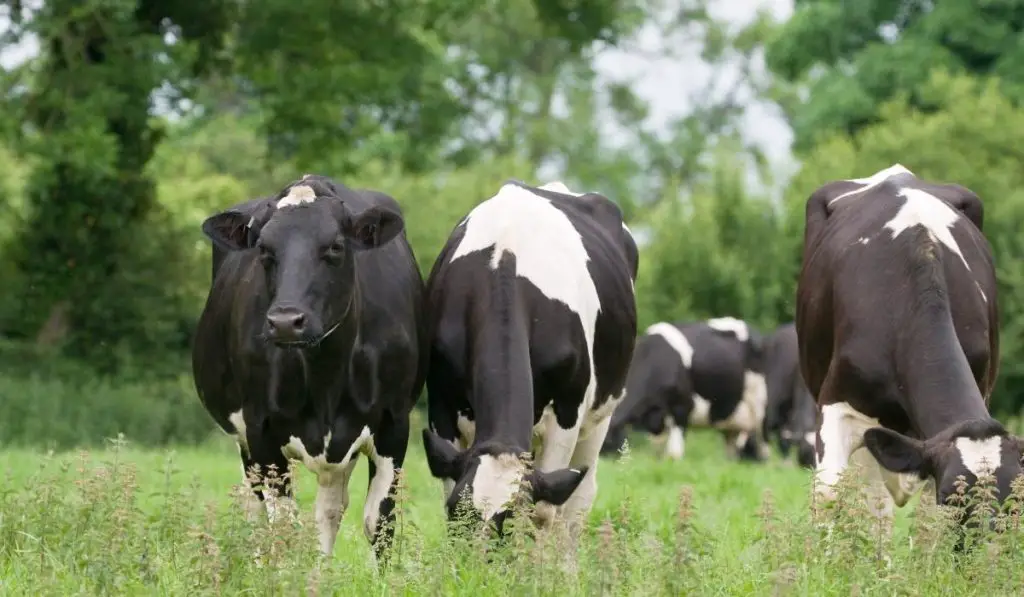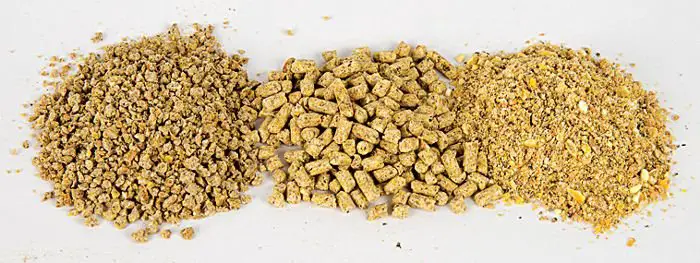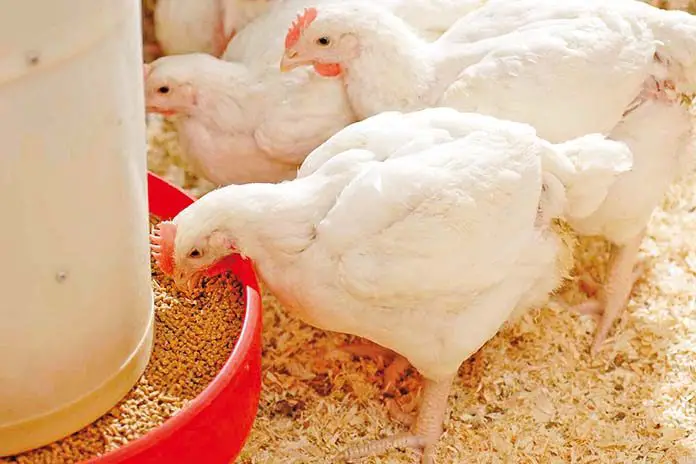Many farmers depend on cattle as a source of sustenance (both for food and monetary gain – when it just so happens that they’re sold.) And to gain full profitability from cattle, they [farmers] are always looking for more effective ways to reduce the cost of feed for the cattle but also not compromise on the quality of the cattle thereof. Come in grazing. Grazing is whereby cattle (or other livestock) eat grass and other edible plant life available on the field or grassland that they will be situated. But grazing done wrong, especially on small acreage, can cost you a reduction in quality of both the cattle and the small acreage. Come in rotational grazing. But what is it? And can it be implemented even on small acreage and still produce results? Let’s find out.
Contents
What Is Rotational Grazing?
Rotational grazing is whereby small enclosures of land are alloted for cattle to graze (or eat the grass and other edible plant life that is available in that small enclosure of land – which is called a paddock.) Rotational grazing can have as little as two small enclosures or paddocks for the cattle to graze on and all this does is to ensure that once the cattle have fed on the grass of one paddock, they can then move on to another paddock and allow the grass on the previously grazed on paddock to recooper and grow to a good quality once again. Then when that happens they can then be moved to the other paddock and so on.
- This method of grazing is not only effective for the cattle, it is also good for your land because as the cattle graze rotationally, they produce manure for the enclosures or paddocks which promotes the healthy growth of the grass on which they will have fed on.
Is Rotational Grazing Even Possible On Small Acreage?
Yes, you can rotationally graze your cattle even if you have small acreage or land. In fact there is little to no difference between using the rotational grazing method on small acreage as opposed to using the method on large acreage because the results or outcome is practically the same. So long as you divide the small enclosures or paddocks adequately such that when the grass on one of the enclosures has been eaten, there is enough time for it to grow back whilst the cattle are grazing on the other small enclosure or paddock. This can be done with as little as two paddocks (because a division is certainly needed in order to call this method of grazing rotational in the first place) or four paddocks, provided your acreage is too small to divide the enclosures any further for the cattle to graze on.
- As stated before, this method of grazing has benefits that cater specifically to the land and in most cases the cattle as well (as you’re about to find out.)
Benefits of Rotational Grazing For Cattle
Rotational grazing is one of the most effective ways of grazing cattle on small acreage, but you may ask how effective it actually is for the health and development of your cattle in the first place. Well, here are the most common ways in which rotational grazing is beneficial.
It Increases Meat, Milk And Good Quality Leather Production From Cattle
These are the most common products we get from cattle. And when you set up a rotational grazing system on your small acreage, you can be sure that your cow will produce a greater yield because of it. Rotational grazing allows the grass and edible (for the cattle) plant life to grow whilst maintaining a high nutritional richness. This is due to the fact that one part – small enclosure with grass (the one where the cattle will graze first) will have time to recover when the cattle move to the other part. The plant life (very likely grass) has time to gather all the nutrients from the now rich soil (because of the manure that the cattle leave behind) and thus being highly rich in nutrients itself [the grass.] When cattle consume this highly nutritious grass, they become fatter (producing more beef), producing more milk and having a healthier anatomy overall.
It Ensures A Stable Food Supply For The Cattle
This is important especially in seasons when there’s dryness or when natural disasters like drought ensue. When you rotationally graze your cattle you can be sure that you will not be affected by most of the inconveniences that conventional grazing methods are prone to. Rotational grazing ensures that no matter the season or time of year, the cattle have enough food for as long as the rotational grazing method is in place.
- To get the most out of this grazing system, you should make sure that the first paddock or small enclosure has time to grow back the grass adequately before you return the cattle back to that very paddock.
- Although it is very possible to set up a rotational grazing system with two divisions. The highly recommended amount of divisions is four. This is to ensure that the grass has enough time to grow (and recover) on each paddock at any given time. Which may not be possible with two paddocks, especially if you have many cattle.
Conclusion
Rotational grazing is one of the surest ways to get the most out of grazing or feeding your cattle on small acreage without having to add pay additional costs to feed the cattle. You can simply feed them with your land. All you have to do is erect the divisions (or paddocks) up using some sort of barrier; this is to make sure that the cattle understand they have a boundary they shouldn’t and cannot cross, therefore should only feed on their alloted side or paddock. This will not only give your cattle highly nutritious grass to feed on, but it also helps to maintain the quality of the land even after long periods of time.




